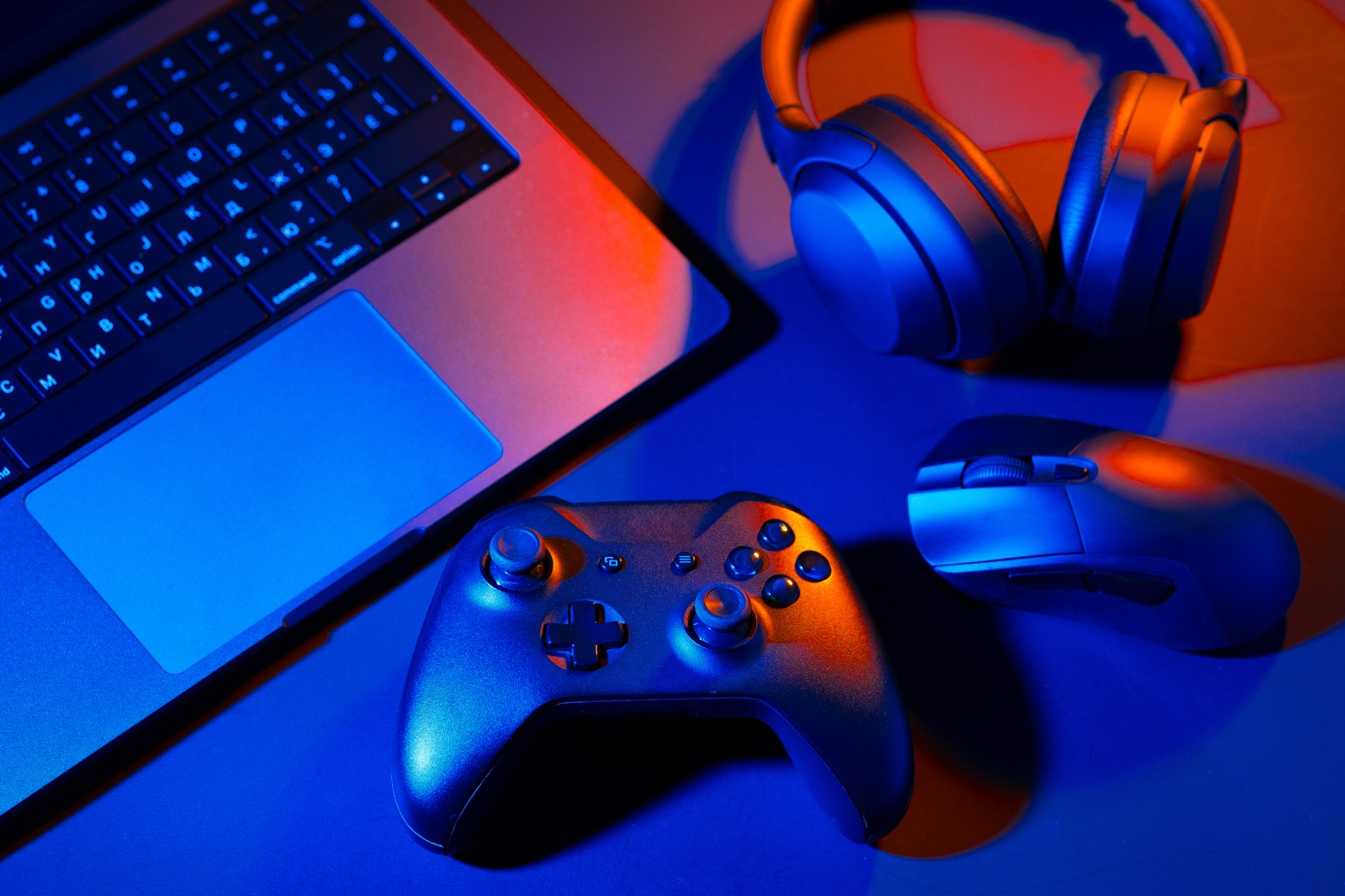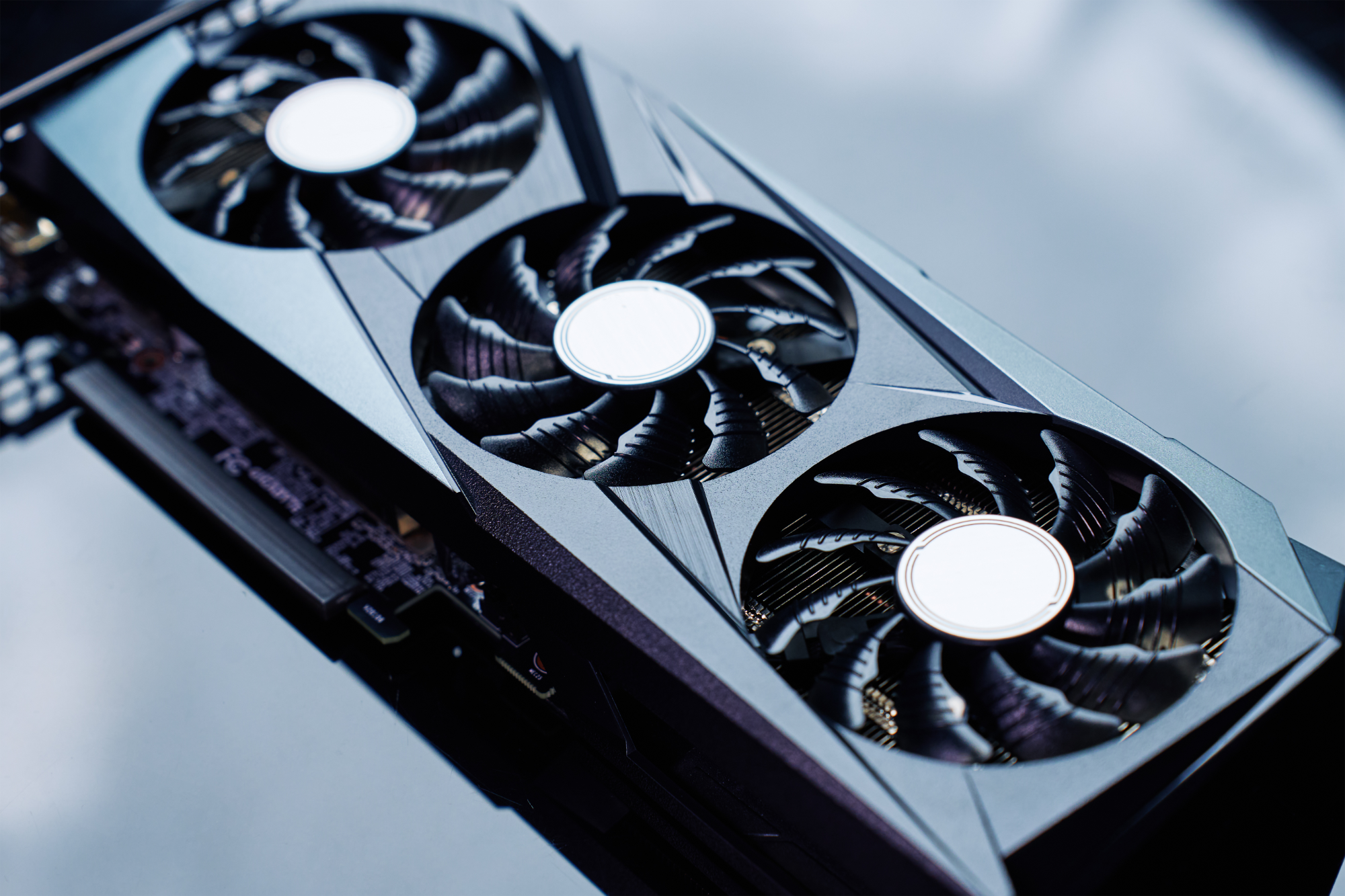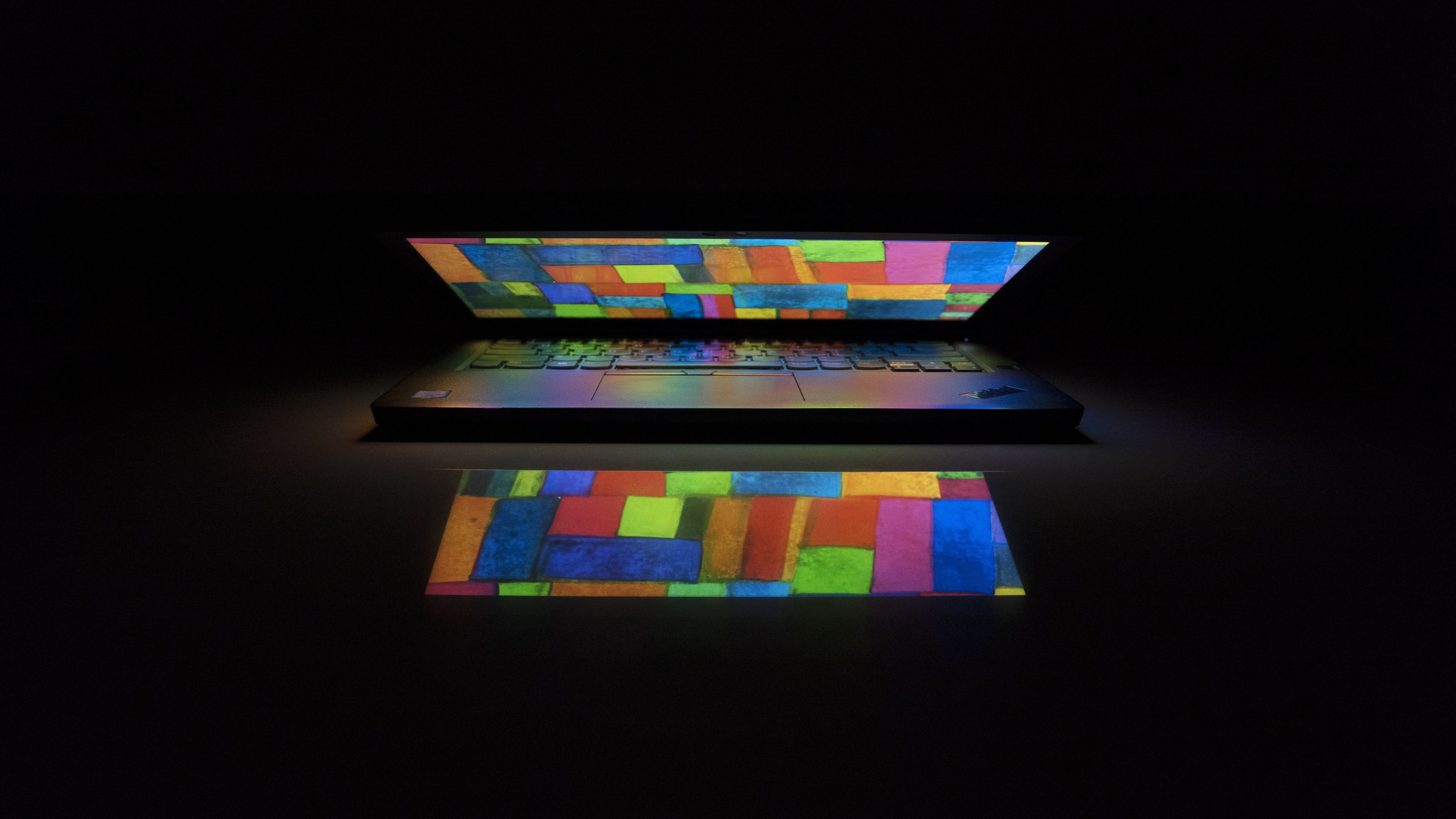
If you’re just getting into buying a PC gaming laptop because you want to start playing PC games, use Steam, try modding, and dive into all the indie games and big seasonal sales—you’re in the right place. PC gaming brings increased performance and a ton of flexibility, and you’ve decided now is the time to jump in.
As you’ve probably noticed while researching, there are a lot of variations across products. It’s a significant purchase, and you don’t want to make the wrong decision. The terminology can feel like its own language. This is the all-in-one explanation so that, after this article, you’ll be able to read a laptop spec sheet and actually understand what it means.
This isn’t as complicated as it seems. Once you get the basics, you’ll see the same patterns over and over with slight variations. After you read this, you’ll have a clear handle on what everything means.
This comes from me—someone who’s been building PCs, tinkering with laptops, and who has purchased well over 50 laptops in the last year alone. I have a very good understanding of this space, and you will too by the end of this article.
Here’s where we start. When you’re looking at a PC gaming laptop, the three specs that matter most up front are:
Those are the main things you’re evaluating when you’re buying a laptop for PC gaming.

Let’s start with graphics. You’ll see different GPU tiers, mainly from NVIDIA. They carry the GeForce RTX label and a number like 5050, 5060, 5070, 5070 Ti, 5080, or 5090. That number is the tier for the current generation—5050 is the lowest, 5090 is the highest. Same pattern across generations. We’re in 2025 with the 5000-series; the previous 4000-series mostly showed up in 2023–2024 laptops. You can usually tell the generation by the first digit in the GPU name.
As a baseline, a 5050 can run modern games at 1080p on medium (sometimes low–medium) settings at about 60 FPS. Each tier up typically adds around ~20% performance (give or take 5–10%). Some jumps are larger—5070 → 5070 Ti is a bigger step, and 5080 → 5090 is a bigger step as well. A 5090 is what you look at for 4K gaming on ultra settings if you want the highest frame rates possible.
In gaming laptops you’ll see this labeled as the dGPU (dedicated GPU)—that’s the GeForce RTX chip in the system.
These GPUs come with VRAM (video memory). At the 5050/5060 level, 8 GB is common. There’s a lot of debate about whether 8 GB is enough. If you play at lower resolutions or keep settings moderate, you’ll be fine. At higher resolutions or with ultra settings in certain titles (for example, Monster Hunter Wilds), 8 GB can run into limits and the game may not run well. That said, for 99% of use cases it’s not a problem. I’ve personally used a 5060 G14 and didn’t run into VRAM issues—it comes down to what the laptop is built for and how you configure your games.
Every modern Intel or AMD CPU includes an integrated GPU (iGPU) so the system can display to the screen without the dGPU. Historically, iGPUs weren’t great for 3D games, but they’ve gotten much better. The benefit now is battery life: you can use the iGPU for less-demanding or indie titles and save power, then plug in and switch to the dGPU for heavier games.
Most manufacturers include software with power/performance profiles and a hybrid toggle. On first boot you’ll usually see it: Lenovo has Legion Space, ASUS has Armoury Crate, HP has one too, and Dell has one as well. In those settings you can let the laptop auto-switch between the iGPU and dGPU based on load, or you can force iGPU-only to extend battery life. The dGPU drains battery fast because it requires significantly more power.
Next is TGP (Total Graphics Power)—how much wattage the laptop allocates to the GPU. Think of it like a car engine: the engine has potential horsepower, but you only get it when you give it gas. More wattage = more GPU performance.
Slimmer laptops can’t always supply or cool high wattage, so they either throttle under load (to prevent overheating) or the manufacturer caps the TGP to avoid stutters and dropped frames. Thin-and-light performance laptops usually run lower TGPs; thicker, heavier laptops with more robust cooling can push the GPU closer to its designed limits.
Beyond raw horsepower, you’ve got upscaling and frame generation to boost performance:
Frame generation inserts AI-predicted frames between real ones. It adds a bit of latency, but the performance gain can be significant. Newer DLSS FG implementations can scale up to 4× in some titles (previously around 2×), and AMD/Intel offer their own frame-gen as well.
The display you choose determines how much GPU you need. More pixels = more GPU work. Manufacturers usually pair panels and GPUs sensibly, but here’s a solid rule of thumb:
That’s how GPU tiers, VRAM, iGPU/dGPU switching, power (TGP), and upscaling fit together. Pick the display resolution you want to play at, then choose the GPU tier that comfortably powers it.

Almost all gaming laptops today are 1440p or the 16:10 variant of 1440p, which is 1600p. They’re basically the same thing, but 16:10 adds a little extra vertical space—more pixels at the top and bottom—so you get more verticality on your display. Your TV at home is 16:9, and laptops were mostly 16:9 for years, with a big chunk of unused space at the bottom of the lid. In recent years, manufacturers switched to 16:10 to use that space for more screen real estate. Almost all modern games run at 16:10 without any issue. If a game doesn’t support it, you’ll just see small black bars—no big deal. For everything else, 16:10 is the best aspect ratio for a laptop.
The refresh rate is the Hz of your screen. For a long time, 60 Hz was the standard, and many laptops still ship with 60 Hz panels. That means the screen refreshes 60 times per second. Today, you really want to aim for 120 Hz. You’ll notice a clear difference going from 60 to 120. Anything over 120, most people won’t notice much. The exception is esports—if you play a lot of Counter-Strike or Valorant, faster refresh can help with lock-on and quick shots. It’s not necessary for most players, and plenty of pros don’t even consider it essential. For 99% of people, 120 Hz is perfect, and most gaming laptops are around 120 Hz right now.
Response time and ghosting matter, especially on IPS and mini-LED panels (we’ll get into panel types next). For IPS/LCD, look for about 1 ms response time. These panels are good—sharp, with good color and motion—but response time is the time it takes a pixel to change from one color to another. If you whip the camera around quickly, colors change fast; if pixels can’t switch fast enough, you’ll see a bit of blur. Aim for 1 ms or less.
The big difference between IPS, mini-LED, and OLED is how brightness is controlled.
There used to be a real burn-in risk on OLED. These days, panel makers and laptop brands build in protective measures—they’ll dim static elements, shift pixels slightly, and manage wear so the screen doesn’t burn in. It’s really not an issue now. I use OLED for my home monitor, my laptops, and my tablets. Think about your phone—it’s OLED, and it doesn’t burn in despite all the static icons and UI. Use it normally and you’ll be fine.
The other display choice is the coating. There’s anti-reflective matte and glossy (no texture layer). Matte cuts reflections so it’s not a mirror in bright spaces—you won’t see your face or overhead lights as much. The trade-off is it slightly softens the image and reduces contrast. I prefer glossy—no extra layer between me and the panel—so colors and contrast look their best. You can usually just reposition the screen to avoid reflections. Your phone is glossy. Almost all TVs, especially OLED TVs, are glossy because matte affects picture quality too much.
Now, the CPU. This is pretty easy: almost all gaming CPUs today are totally sufficient for the games you’re playing. The GPU is what makes the biggest difference. Still, a couple naming notes help.
If you’re looking at Intel and the model ends in H (for example, …255H), that leans more efficient—it prefers saving battery over max performance. HX means higher wattage, more cores, heavier CPU workloads, and it needs more cooling. It’s also rough on battery because it draws more power. V is ultra-efficient—built for long battery life, not peak processing. For gaming, all of these are fine; again, the GPU is the main factor.
If you’re on AMD CPUs, almost all of them are great and come with strong integrated GPUs (iGPUs). On the Intel side, the HX series doesn’t have a good iGPU and isn’t battery-efficient, so if you want a useful iGPU, go with H or V instead.

RAM—almost all gaming laptops are going to come with 16 GB or 32 GB. For gaming, 16 GB is fine. Modern games will run great without issues. 32 GB is more about future-proofing and multitasking. If you plan to game with Chrome open and several other apps running, 32 GB helps so 16 GB doesn’t get eaten up.
If you plan to upgrade later, check whether the laptop lists soldered RAM or upgradable RAM. Soldered means the memory is built into the PCB and you can’t replace it. Upgradable means there are two RAM slots inside—you can open the back and swap sticks.
A lot of Windows gaming laptops ship with 1 TB of storage as a sensible minimum. Many gaming models also include a second NVMe SSD slot. Adding one is easy: remove the back plate, locate the open M.2 slot, undo a single screw, slide the drive in, secure the screw, and you’re done. Look up your specific model for exact screw and slot locations.
Gaming laptops are thicker for a reason: more robust cooling so they can push more wattage to the GPU and maintain performance. You can still tune noise with fan profiles. Most laptops offer Silent, Balanced, and Turbo:
Exact percentages vary by model, but that’s a good rule of thumb.
If you’re using the dedicated GPU (RTX) on battery, expect short battery life—sometimes ~45 minutes with AAA games. For serious sessions, you’ll want to plug in.
If your CPU has a good integrated GPU, you can switch to power-efficient/iGPU-only mode and get about 2–3 hours of lighter gaming on battery. If the laptop supports USB-C Power Delivery, you can use a USB-C charger (up to 100 W) instead of the heavy brick. Performance will be limited and it may still slowly drain, but at a much lower rate. You can also lower power settings or force iGPU-only, which lets USB-C keep the battery topped up for a long time.
You’ll mainly see 14-inch, 16-inch, and 18-inch gaming laptops.

Chassis materials range from aluminum and magnesium to plastic or a hybrid. Metal often feels more premium but can affect weight; many laptops blend materials to balance feel and portability.
Most gaming laptops now include HDMI 2.1, which supports 4K 120 Hz to a monitor or TV (assuming your GPU can push it). Many also offer USB-C with DisplayPort support, so a USB-C port can function as a display output. Power connectors are usually proprietary to each brand.
Many gaming laptops have mediocre speakers—except the ASUS G14 and G16, which are excellent for Windows laptops. Otherwise, plan on using a good headset or earbuds for gaming and calls.
You’ll want to update drivers periodically—about once a month is a good rhythm—especially when new games launch. GPU makers optimize for specific titles to improve performance and enable features like DLSS and frame generation.
Here’s the first-boot update flow I use:
It sounds like a lot, but it becomes second nature—check for updates, install if available, and you’re done.
If you don’t need the newest GPU generation, there are great deals on older-gen gaming laptops. I prefer eBay over Facebook Marketplace or OfferUp. eBay offers buyer protections, and reputable sellers sometimes include a one-year warranty. I’ve bought many laptops on eBay and had good experiences.
The same GPU name doesn’t always mean the same performance. It depends on TGP and cooling. As a rule of thumb: thin-and-light designs typically perform less than thicker models with bigger cooling systems.
Also, a 4K display isn’t always the best to game at native 4K. You can lower the game resolution to 1080p or 1440p—integer scaling (half or a clean fraction of native) keeps things looking sharp while dramatically reducing GPU load. That’s often the smart move.
My first 4K laptop was a Microsoft Surface Book with a dedicated GTX 1060. I assumed I could run everything at 4K. I couldn’t run a single game well and gave up, thinking the GPU was bad. It wasn’t—the resolution was the issue. If I’d dropped to 1080p or 1440p, I could have played pretty much everything with the right settings.
